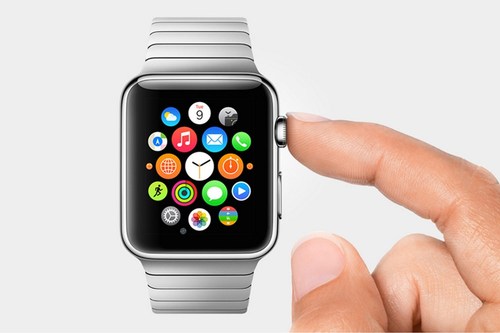
New Markets or New Products? The Story is Everything
Are you going to buy an Apple Watch?
Whether you do or you don’t, your decision will probably be based almost exclusively on one variable: the story that Apple tells.
A firm or product’s target market, buyer persona and the like all come with an obvious flaw: they are finite. There are only so many 30-something urbanites with a taste for fashion and enough disposable income to purchase your new, expensive handbag.
This leaves businesses that want to grow with two options: capture new customers from an untapped market, or release a new product. For both approaches, the common thread that guarantees success is one that’s near and dear to Woden: telling the right story.
Origins Skincare gets it. Behind their push into the 20-something market – a big leap from the cucumber-eyed soccer moms one might imagine using their products – is a clever appeal to the notion of a “Quarter Life Crisis” popular among millennials. Seeking more purchases among a cohort not especially worried about signs of aging, Origins is asking them to reconsider their nonchalance, and possibly pick up some fancy skin cream to keep their youthful glow or preempt future wrinkles.
On the other the side of this coin, we have Apple, a legacy firm looking to launch a new product among a well-established customer base. After years of investors clamoring for new products in the wake of Steve Jobs’ death, Apple will begin selling the Apple Watch in April, its first new consumer product since the iPad was released in 2010. Now, Apple is no stranger to launching wholly new products – if you’re reading this on an iPad or iPhone, you know what we mean – but, if the sluggish reception of their competitors’ smartwatches is any indication of the market overall, the Apple Watch launch could be especially difficult for them.
The New York Times lays out the steep road ahead:
“Soon it will be time for the harder part: selling the long-anticipated Apple Watch to consumers who, so far, are not very excited about the idea of wearing computers on their bodies.
The first batch of smartwatches from companies like Samsung Electronics, Motorola and LG did not sell well, nor were they particularly well reviewed. And wearable devices like the Google Glass eyewear that got mainstream attention — if not sales — were greeted with considerable skepticism.”
So how can Apple differentiate its watch amidst a slew of fledgling competitors?
The answer lies in telling the right story. Why do existing Apple consumers who have, until now, generally eschewed smartwatches suddenly need to own one? What story can Apple tell about its watches that will make it a must-have device? There are currently 8 Apple devices on the table at Woden where this post is being written, so they’ve obviously been very effective at developing convincing narratives before…
…but we’re intrigued and curious to see how messaging around the Apple Watch develops, and believe Apple would do well to follow Origins’ example and imagine compelling uses for this new product among existing customers (many of whom probably replaced their watch with a smartphone years ago).
Just building a product or identifying a new market is only half the battle – telling the right story is the second half, and is arguably just as important and challenging. That’s why you could benefit immensely from professional assistance.
The team at Woden is a group of expert storytellers dedicated to helping businesses create captivating narratives around their products and services that resonate and find engagement among their target audience. Our services include branding, market research, content marketing, and social management – all engineered to capture the value behind your big ideas.
If this sounds good to you, contact Woden today to learn the make-or-break power of a well-told story for new and old products alike.


